Hysteroscopy is a minimally invasive surgical procedure that allows a doctor to examine the inside of the uterus using a hysteroscope, a thin, lighted instrument that is inserted through the vagina and cervix. In addition to the hysteroscope, several other surgical instruments may be needed to perform the procedure effectively. Here are some common surgical equipment and instruments needed for hysteroscopy:
Hysteroscope: This is the main instrument used for the procedure. It consists of a thin, lighted tube with a camera attached that allows the doctor to see the inside of the uterus.
Fluid management system: A fluid management system is used to provide a clear view of the inside of the uterus and to control the flow of fluid during the procedure. This system includes a fluid pump, tubing, and a fluid container.
Graspers: Graspers are used to grasp and manipulate the uterus or other tissues during the procedure. They can be straight or angled and come in a variety of sizes.
Scissors: Scissors may be used to remove tissue or to cut adhesions during the procedure.
Biopsy forceps: Biopsy forceps are used to take a small sample of tissue for examination in the laboratory.
Electrodes: Electrodes may be used to remove or destroy tissue using electrical energy.
Myoma screw: This instrument is used to manipulate fibroid tumors during the procedure.
Cervical dilators: Cervical dilators may be used to widen the cervix and make it easier to insert the hysteroscope.
The specific equipment and instruments needed for hysteroscopy may vary depending on the specific procedure and the preference of the surgeon performing the procedure.
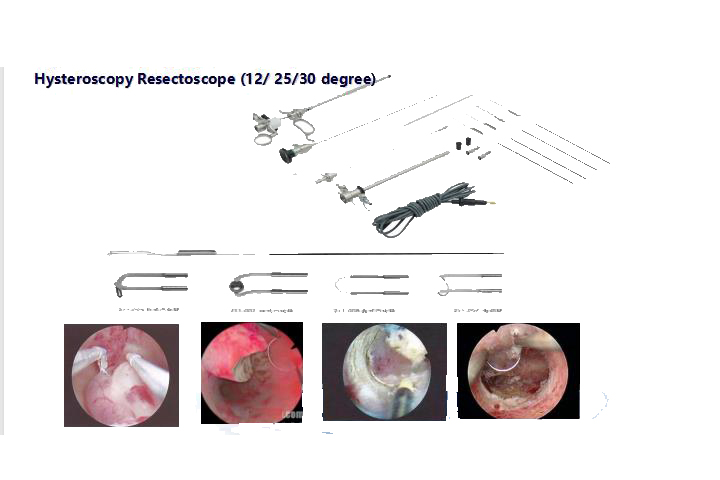
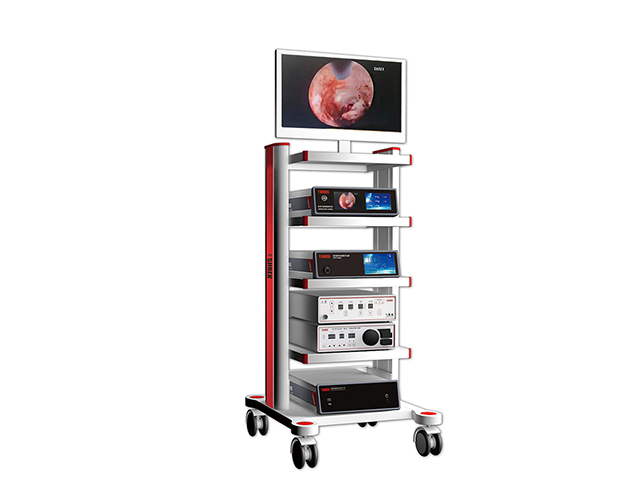
the size of hysteroscopy camera
The size of a hysteroscopy camera can vary depending on the specific model and manufacturer. However, most hysteroscopy cameras are designed to be small and lightweight, typically measuring between 5-10mm in diameter and 15-20cm in length. This small size allows the camera to be easily inserted through the cervix and into the uterus, allowing for clear visualization of the uterine cavity during the procedure. Additionally, the small size of the camera helps to minimize discomfort and reduce the risk of complications during the procedure.


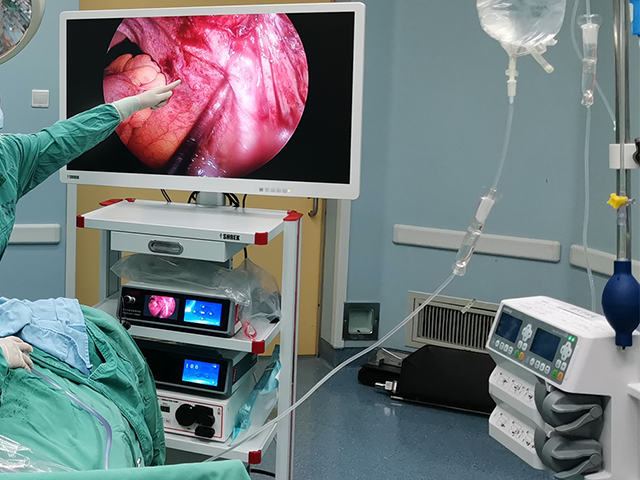
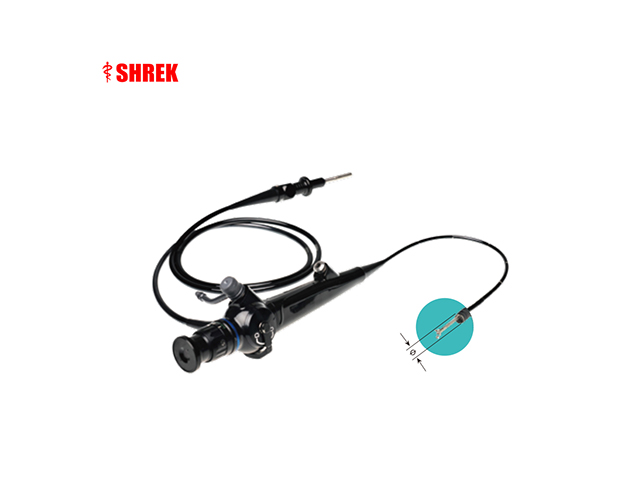
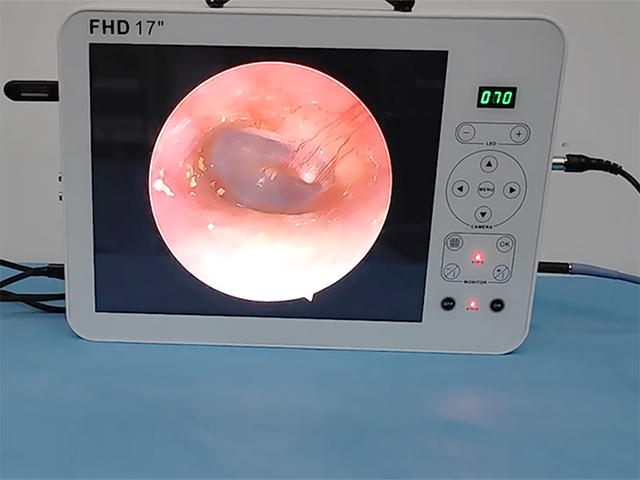
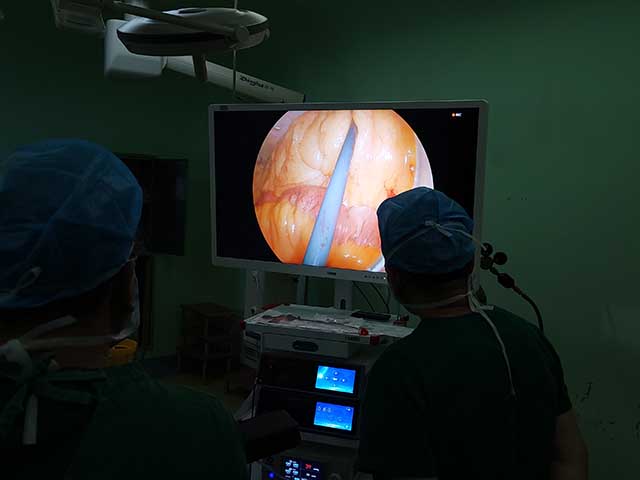
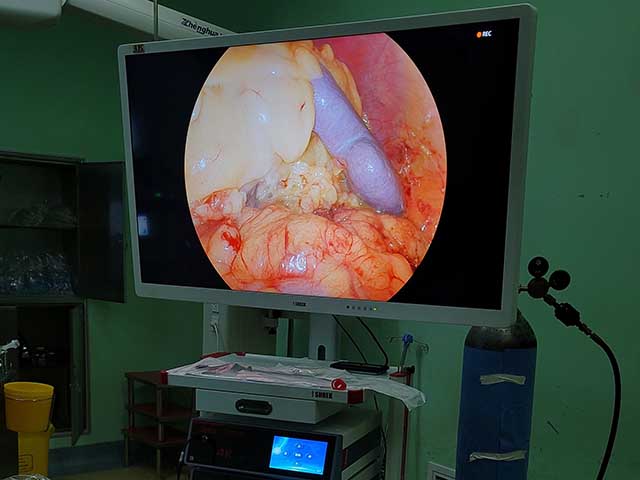

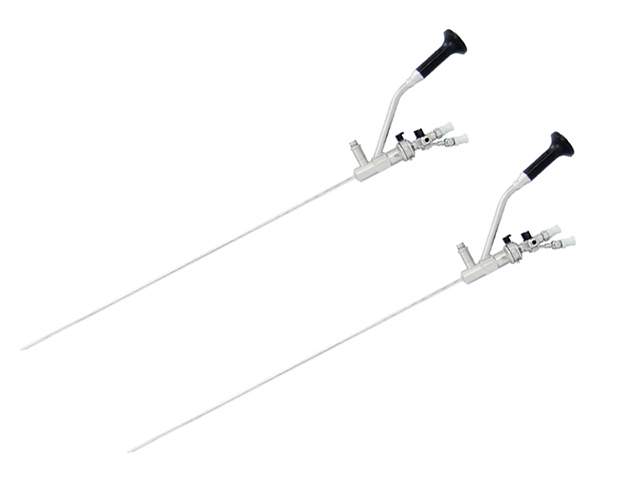
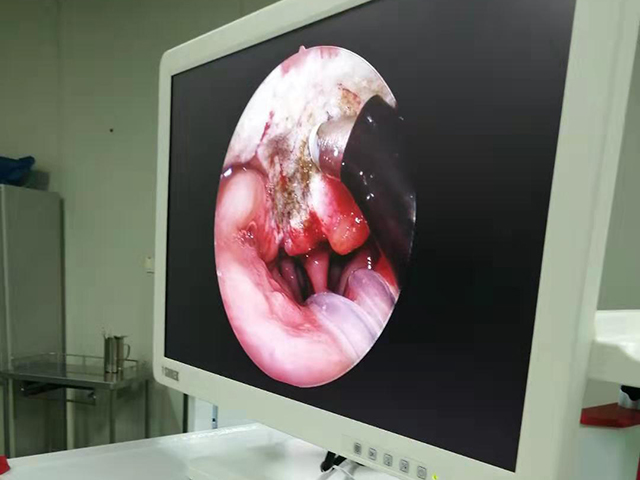
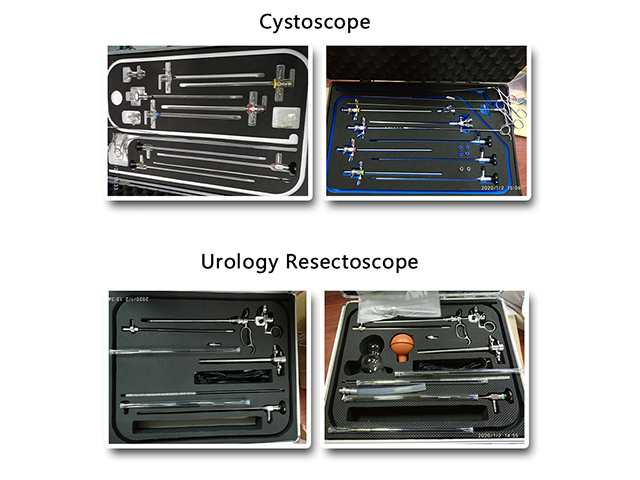
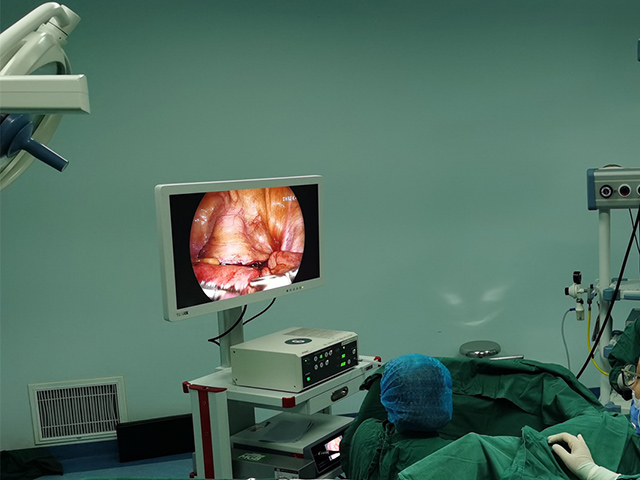
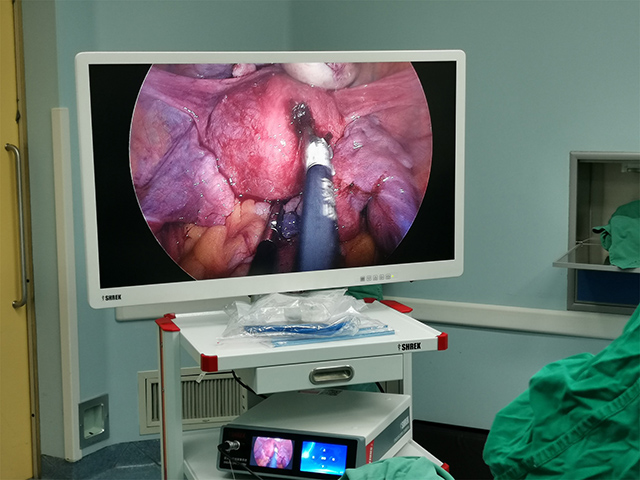
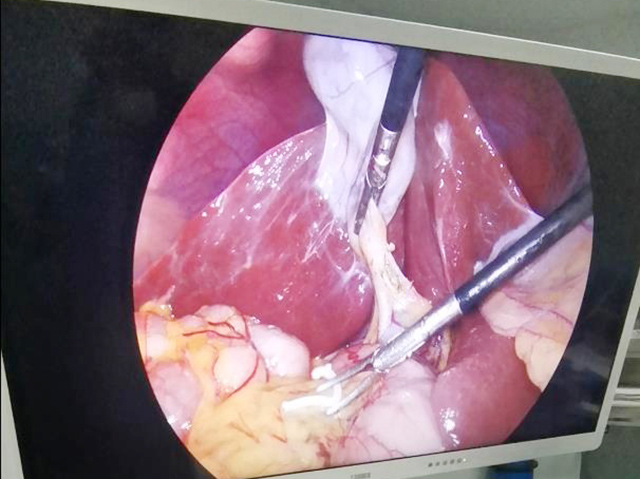

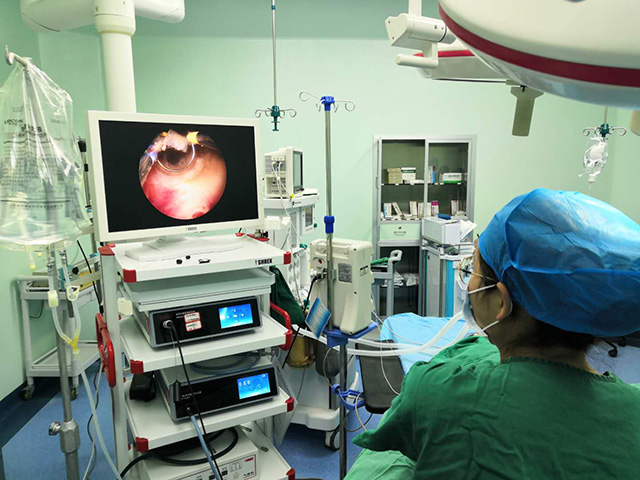
Leave A Inquiry